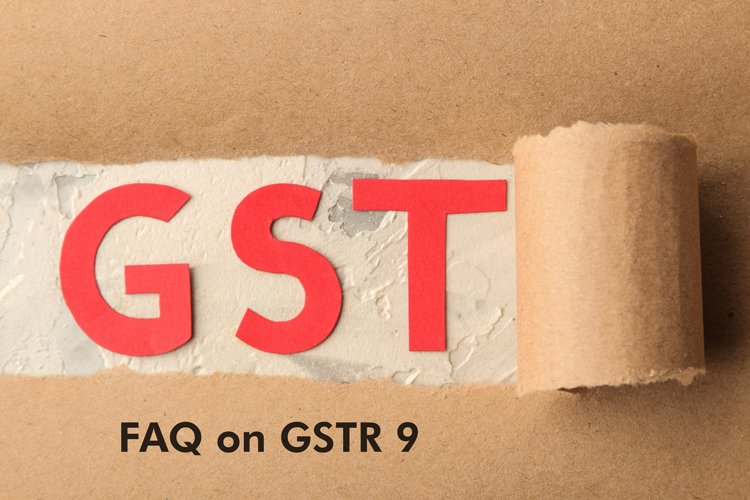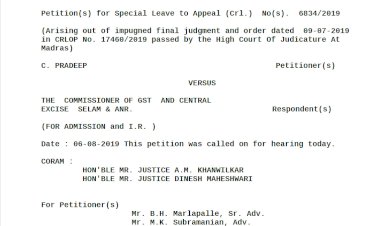8 FAQs Around GST Annual Return-GSTR 9
The GST annual return (GSTR 9) is a statement of return required to be filed annually by each registered person (except few specified categories of persons) under GST. It gives summarized details of outward supply and taxes paid thereon , input tax credits claimed, taxes paid, and refund claimed in the financial year in respect of which such annual return is filed.

GST Notification 39/2018 dated Sept 4th, 2018 specifies the new format for filing GST annual returns. The GST Annual Return consists of various forms applicable to a different type of taxpayers.
1. What is GSTR-9?
Form GSTR 9 is an GST annual return to be filed once in a year by the registered taxpayers under GST including those registered under composition levy scheme. It consists of details regarding the supplies made and received during the year under different tax heads i.e. CGST, SGST and IGST. It consolidates the information furnished in the monthly/quarterly returns during the year.
2. Who has to file GSTR-9?
All the registered taxable persons under GST must file GSTR 9. However, following persons are not required to file GSTR 9
Casual Taxable Person
- Input service distributors
- Non-resident taxable persons.
3. How many sub-categories are there under GSTR-9?
There are 4 sub-categories under GSTR-9 viz. GSTR-9, GSTR-9A, GSTR-9B, GSTR-9C. As we have already covered about GSTR-9 in the introduction, let’s jump straight to its sub-categories.
4. What is GSTR-9A and who has to file it?
GSTR-9A is a simplified GST annual return filed by business owners who have opted for the composition scheme under the GST regime. This return includes all the quarterly returns filed by the compounding dealers in that financial year.
5. What is GSTR-9B and who is liable to file it?
GSTR-9B is the summary of details filed in GSTR-8 by taxpayers registered as E-commerce operators under GST.
6. What is GSTR-9C and who has to file it?
Form GSTR-9C is a return form required to be filed by registered taxpayers in case the aggregate turnover is more than Rs.2 crores. In this case, the taxpayer has to also submit a copy of audited annual accounts and reconciliation statement, reconciling the value of supplies declared in the return furnished for the financial year.
7. What is the penalty for not filing the GST Annual Return (GSTR-9) by taxpayers whom it may be liable to?
As per Section 47(2) of Central Goods and Service Tax Act (2017), a person will be fined a penalty of INR 100 per day (CGST) + INR 100 per day (SGST), amounting to a total of INR 200 per day if he/she fails to file GSTR-9 before the due date. However, the maximum amount of penalty a person can be fined is 0.25% of the total turnover.

8. When is the due-date for filing GSTR-9?
- The due date for filing GSTR 9 is 31st December of the subsequent financial year.
- The due date for filing GSTR-9 for the financial year 2017-2018 was 31st December 2018. However,
- The GSTR-9 due date was extended state-wise via GST Notification 06/2020 dated 03-02-2020
- The GST annual return (GSTR-9) due date was further extended to 30th September 2020 via GST Notification 41/2020 dated 05-05-2020
- The GSTR-9 due date was further extended to 31st October 2020 via GST Notification 69/2020 dated 30-09-2020
- The date was further extended to 31st December 2020 for FY 2018-19 via GST Notification 80/2020 dated 28-10-2020
- The latest update: the due date is further extended by CBIC via GST Notification 04/2021 | CBIC extends the due date of GSTR 9 & 9C for FY 2019-20 to 31st March 2021
































